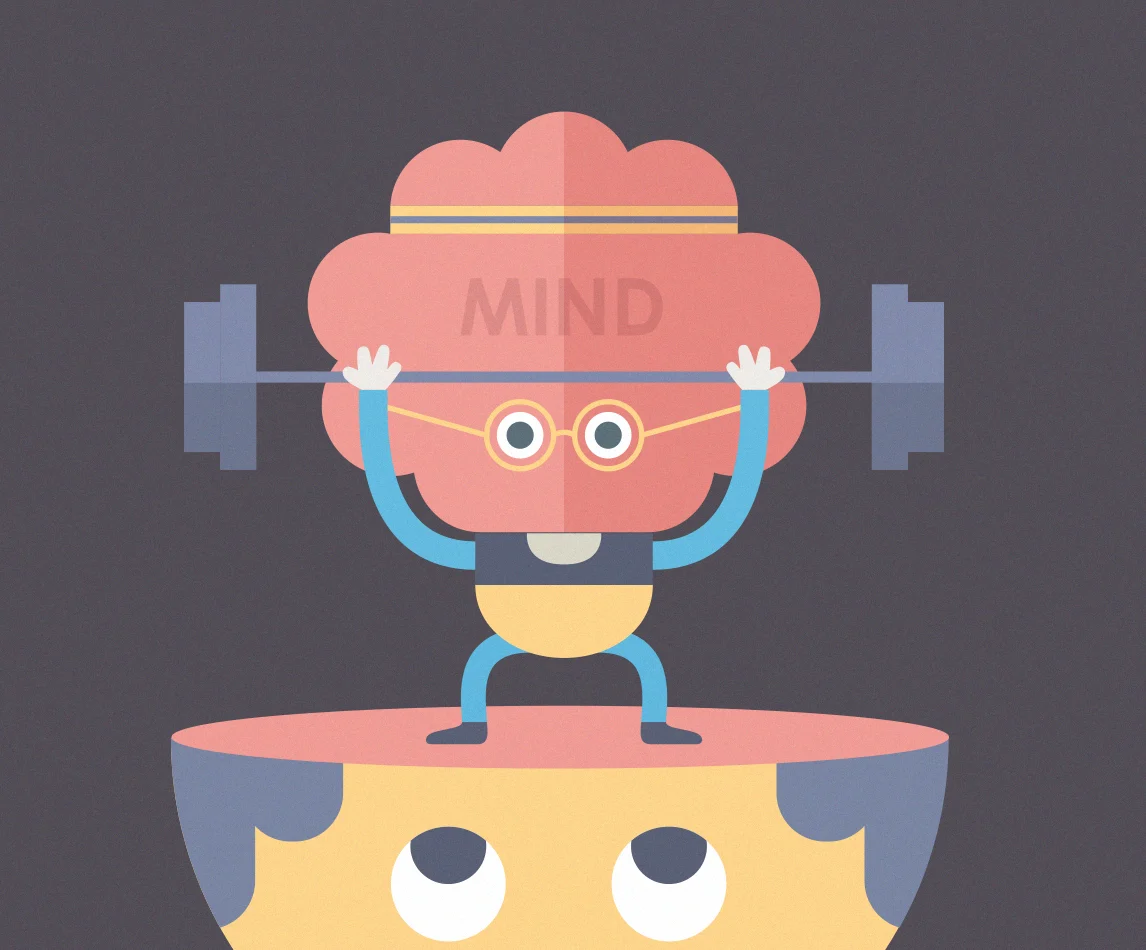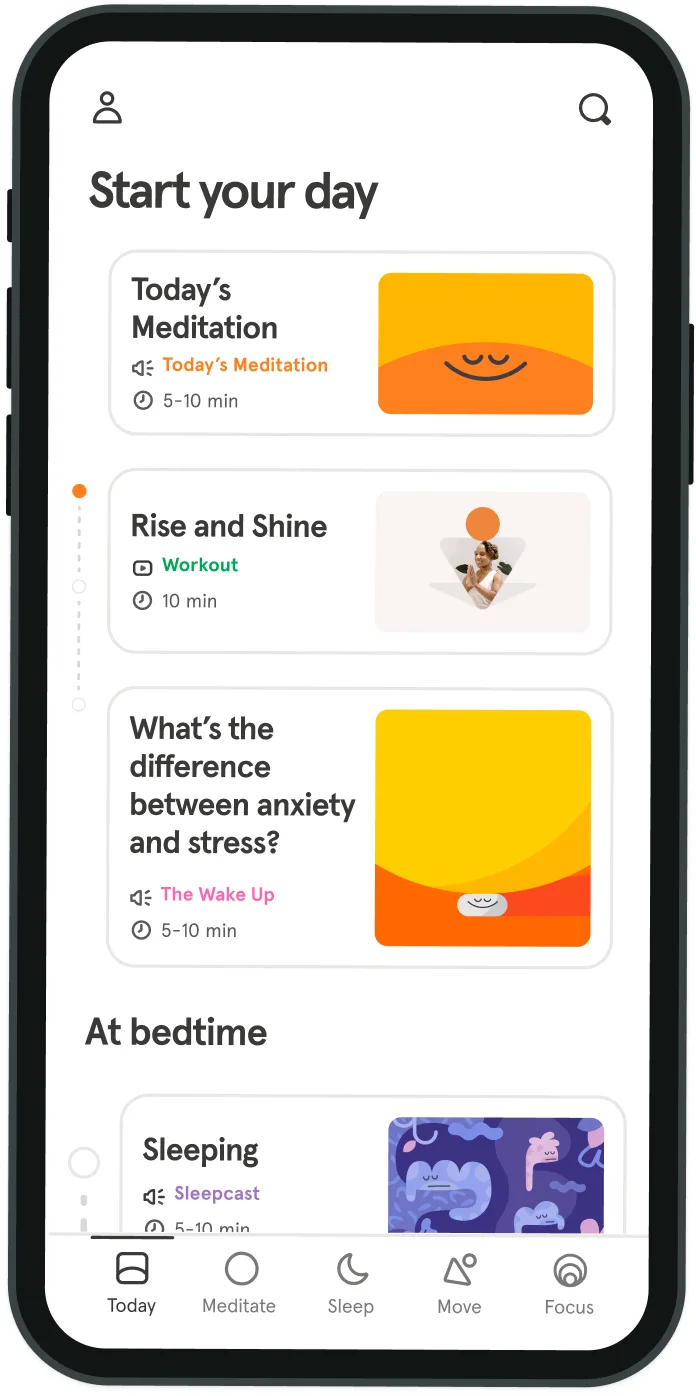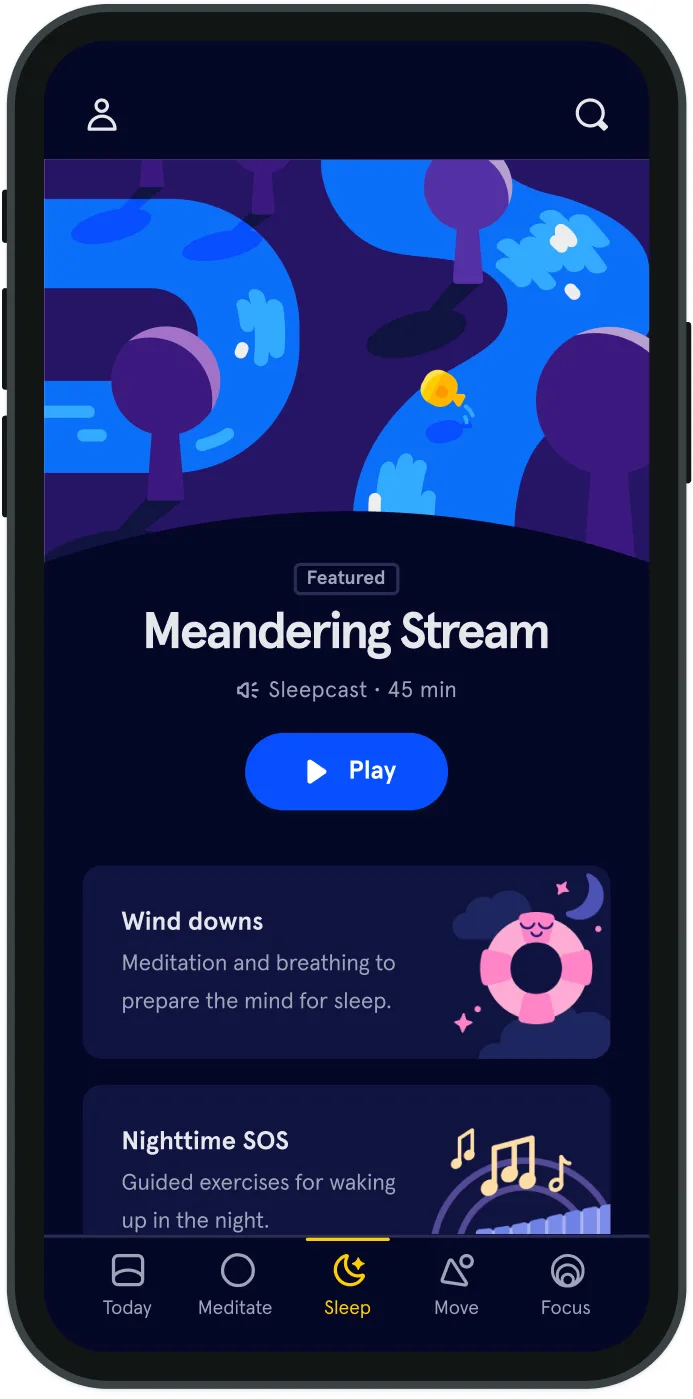Can exercising make you smarter?
First, some science: the human brain contains approximately 100 billion brain cells, and each one of these communicates with up to 10,000 other brain cells via connections known as synapses.
Every aspect of our cognition, such as thinking and remembering, is supported by specialized groups of connected brain cells called neural networks. But the connections that make up our brain networks are far from static; they are in fact, changing all the time. The more two brain cells communicate with one another, the stronger the connections between them become. And so, with each new experience and each remembered event or fact, the brain slightly rewires its physical structure. This process is called neuroplasticity. Now, guess what one of the most powerful drivers of neuroplasticity is? Fascinatingly, it’s exercise. The hippocampus (which is associated with learning, memory, navigation and decision-making) seems to be particularly sensitive to the effects of exercise. Early research in animals showed that mice with access to a running wheel have a dramatic increase in the number of new brain cells in the hippocampus compared to mice than don’t use a running wheel. The running mice were also better at learning how to navigate a maze. Why does this matter? Well, similar results have been found in humans across a variety of different studies and age groups. For example, children with higher VO2 max scores (a measure of physical fitness) are likely to have more brain cells in the hippocampus than children with lower VO2 max scores, and hippocampal volume has also been shown to correlate with cardiovascular fitness and memory function in adults. Even more convincing, a recent study showed that one year of aerobic exercise increased the volume of the hippocampus by two percent in elderly adults, whereas the same brain region actually decreased in volume in those that didn’t exercise. Reductions in hippocampal volume have been linked to the onset of late-age depression and Alzheimer’s disease. Thus, exercise might slow down or reverse normal age-related decline in brain function, and promote long-term mental well-being.
Some studies have also found more widespread changes in brain structure after exercise. Researchers at the University of Illinois recruited 59 older adults into a six-month aerobic training program and compared brain structure to a group that engaged with stretching and toning instead. The training consisted of three 1-hour exercise sessions per week for the six-month period. The researchers found increases in brain volume across a number of different regions, particularly areas in the front of the brain that are associated with attention, memory, behavioral inhibition and decision-making, in the group that did aerobic training but not in the stretching group. They also found increases in the volume of white matter tracts or large nerve fibres that connect different brain regions to one another. These tracts facilitate communication between the left and right sides of the brain, which is often reduced in age-related cognitive decline. So what do all of these changes in brain structure actually mean? Aside from reducing the risk of age-related disease, exercise seems to boost many aspects of cognition and mental function, even in younger adults. A recent study of 1.2 million Swedish military personnel showed that fitness is correlated with intelligence. Moreover, research has consistently linked exercise with improvements in attentional control, processing speed, working memory capacity, and the ability to switch between tasks. This means it’s likely to help you perform better at work, get better grades in school, learn new skills quicker, and make smarter decisions. But how much exercise do we really need? While we don’t fully understand the precise relationship between exercise quantity and corresponding changes in brain structure, current guidelines recommend that adults engage in moderate-intensity training (for at least 30 minutes) five days per week, or high-intensity training (for at least 20 minutes) three days per week. This is of course merely a guideline, so I recommend experimenting with different routines until you find what works best for you. If you’re new to exercise, don’t be afraid to start out slow. And remember, one of the most important predictors of exercise adherence is enjoyment, so try to have some fun while you’re at it.



Be kind to your mind
- Access the full library of 500+ meditations on everything from stress, to resilience, to compassion
- Put your mind to bed with sleep sounds, music, and wind-down exercises
- Make mindfulness a part of your daily routine with tension-releasing workouts, relaxing yoga, Focus music playlists, and more
Meditation and mindfulness for any mind, any mood, any goal

Stay in the loop
Be the first to get updates on our latest content, special offers, and new features.
By signing up, you’re agreeing to receive marketing emails from Headspace. You can unsubscribe at any time. For more details, check out our Privacy Policy.
- © 2025 Headspace Inc.
- Terms & conditions
- Privacy policy
- Consumer Health Data
- Your privacy choices
- CA Privacy Notice
